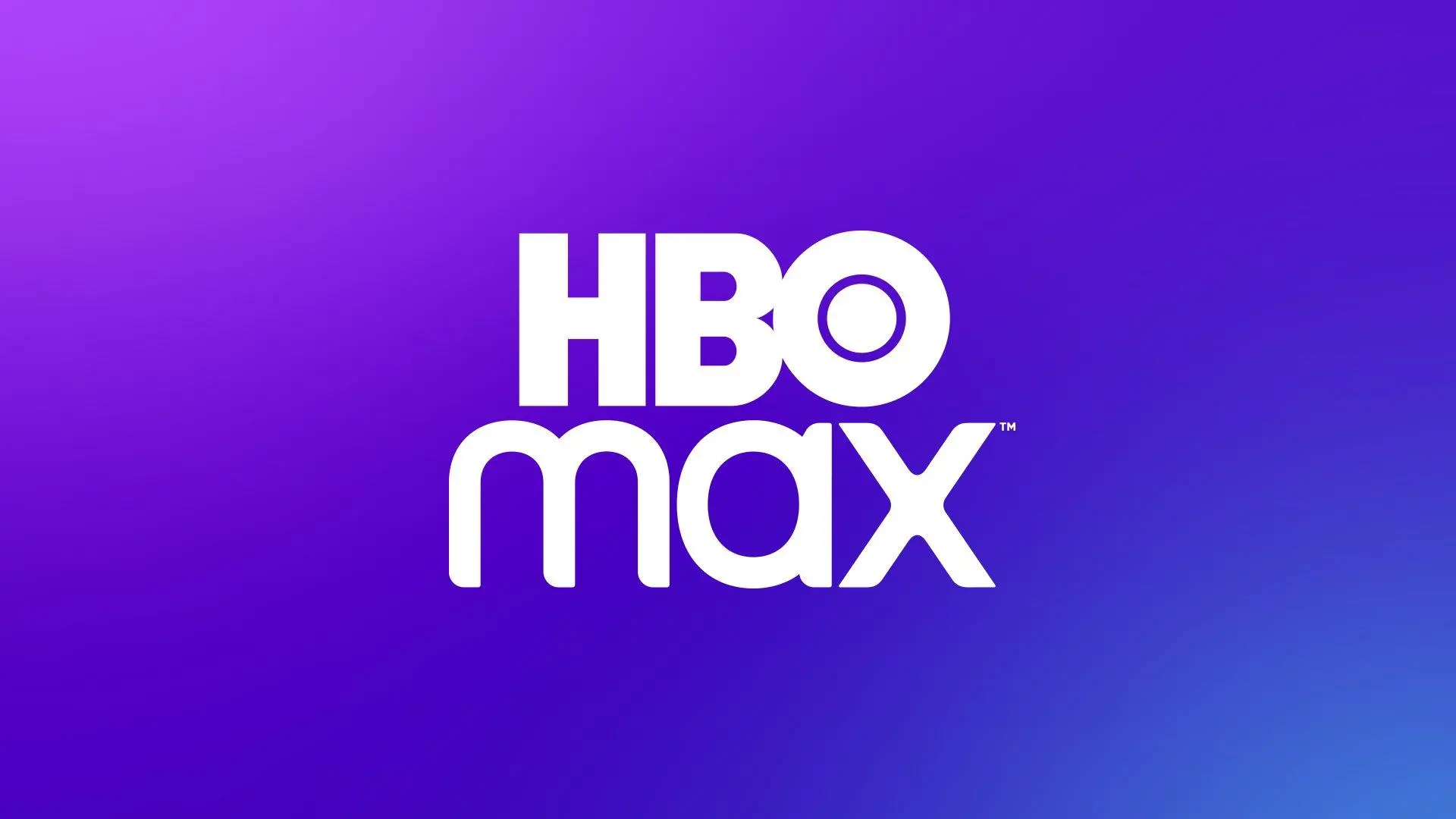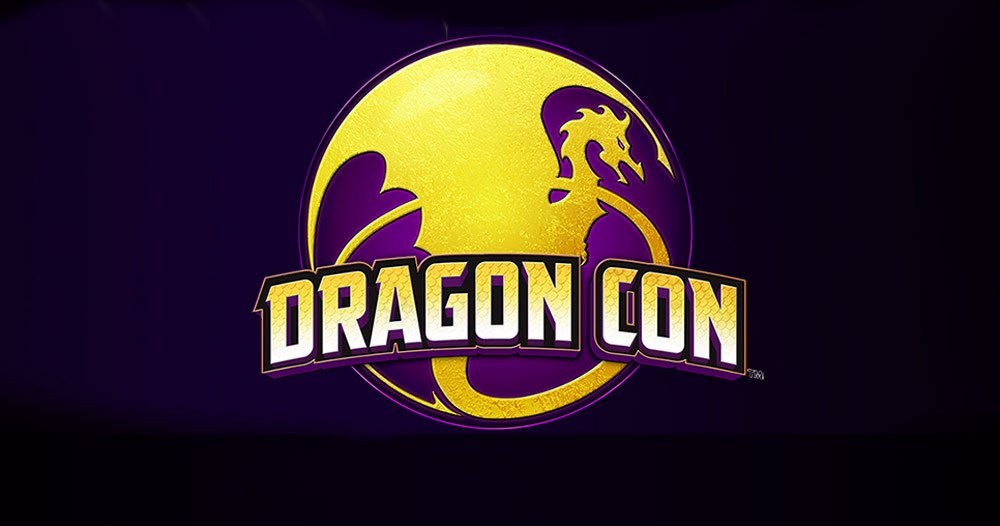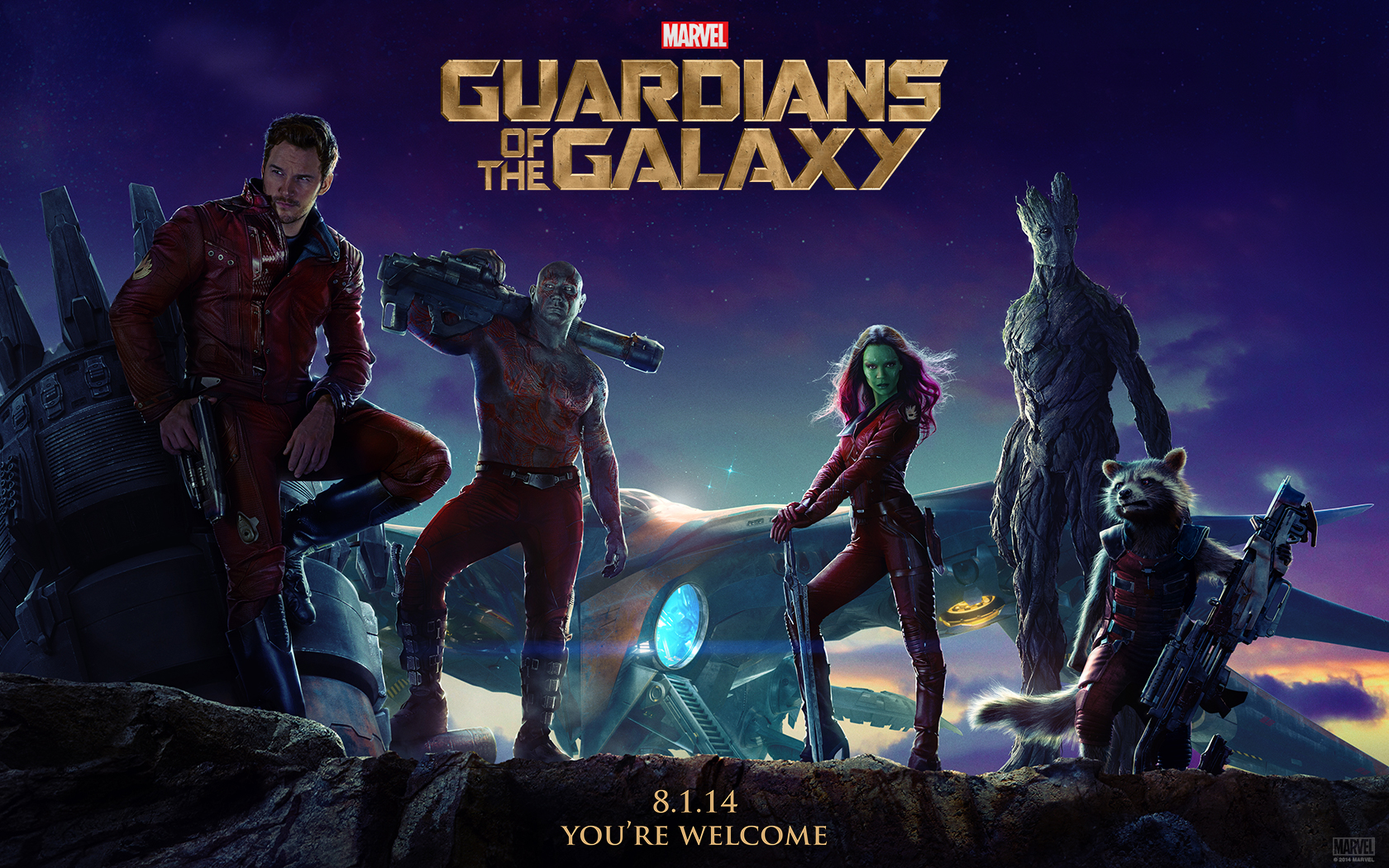ASK

Hi, Quick questions!
What is the future of Cinema in relation to technology and other consumer trends?
Why do you think it will go that route?
I’m a film student and I’d really appreciate a detailed answer.
–Yao
__________________________________________________________________________________________
What is the future of Cinema in relation to technology and other consumer trends?
Well you have seen the impact that High Definition(HD) has had on the industry. Actors/Actresses now require more time in makeup to prepare for HD and the media format has changed for home viewing from DVD to Blu-ray. Along with the emergence of HD came the IMAX boom and then the 3D boom arose from the IMAX trend. Directors are now making use of these technologies as they become available and it is showcasing their films, not just for their ability to make a great film but for their innovative use of technology. Christopher Nolan was recognized for his use of IMAX shots in The Dark Knight while James Cameron was recognized for his superb use of 3D technology in Avatar. Everyone involved in film-making will continue to evolve as long as technology is on a steady rise. Consumers love technological advancements and they keep asking “What’s next?” so as long as there is a demand for new technology there will continually be advancements in film.
Why do you think it will go that route?
Technology has influenced film since the its beginning and you will continue to see the industry evolve as these new technologies become available. Every process in film-making has evolved and it will continue in a parallel ascension as technology evolves.
Hope that helps, good luck with your studies.
__________________________________________________________________________________________
What is the future of Cinema in relation to technology and other consumer trends?
Ryan touched on a few things, which I wanted to add onto and give you more to look at in respect to your research/studies.High Definition (HD) has really become something that is determining the marketplace. In the simplest ways, right now, it’s about the picture quality. If you look at history, we’ve gone from Betamax to VHS, Laserdisc was around here too, then VHS went to DVD, and DVD to HD-DVD and Blu-ray, with Blu-ray eventually winning out. When you look at technology itself, there are two things to consider. The format the consumer is using and the viewing platform the consumer uses.And ultimately the question you want to ask yourself is, what is important to you but more than that what is enough?While the format will always always continue to change and this is simply due to the fact that technology always advances. So ultimately for the consumer what constitutes enough for them in regards to how they view movies? There are definitely consumers out there who want a theatre like experience in their own home. So they’ll invest in large screen TVs and surround sound. Yet there are those who want the theatre itself in their homes, high format projectors, etc. But there are definitely still customers out there that don’t care or have started to make the transition to flat screens but don’t have them properly calibrated. By that I mean, watching DVDs upscaled (whether they’re aware of this feature of not) is good enough for them and they don’t need Blu-rays.Again it’s not to say one or the other is better, it’s merely subjective. And simply put in relation to cinema and general movie watching, it is about the experience. And that think that’s the key thing to think about – the user experience. It’s more about what consumers want at the end of the day. Companies will continue to develop new TVs, higher resolutions, better contrasts for colors, vibrancy, etc. It’s up to them to sell us stuff we don’t even know we want, until we actually see it. In the end it becomes what is adopted, because like everything else, HD televisions, Blu-rays, etc all that stuff is – are trends. Humanity is fickle. We’ll always change our mind, but the one thing that will stay the same are movies.
If you want to key in on certain things in regards to cinema itself and the technology surrounding filming techniques. IMAX is high resolution on the big screen. It’s big picture and big sound but it’s been around for awhile, much like 3D. They’re both products which have simply been re-packaged and put to good use. Or in fact the cost associated with developing using the technology has lessen over time.
3D is a novelty at this point, it’s a driver to inflate ticket sale prices and for some people they just don’t like wearing the glasses. Personally speaking I’ve been a big advocate of there is a big difference between when something is shot in 3D versus something that is conceived in 3D. By that I mean, the film itself was shot, produced and visualized with depth of field in mind. You’ll get a lot of movies today which are post-converted or shot with a couple scenes that are meant to pop out. James Cameron’s Avatar did it right the first time and since 2009, nothing has come out that really has eclipsed it. Tron: Legacy played with some interesting tonal depth of field to situate the film in an art direction manner. Kung Fu Panda 2 was another film that worked brilliantly. And in truth it might just be aspects where films which have heavy computer effects lend itself more to production on what is essentially being created versus what is translated from reality.
An interesting thing to note about Avatar, as much as people might talk about. James Cameron’s personal vision is what really is the most interesting thing about that film. It’s simply due to the fact that he purposefully waited for technology to catch up to what he had in mind in regards to that film. More notable still is he helped create the technology to ensure his vision would be exactly where he wanted it to be.
Before I continue to go into a tirade about this topic. If you’re looking for what’s next? In respect to how IMAX and 3D are what is happening right now. Watch Peter Jackson’s The Hobbit this December in 2012. Jackson will be using cameras that capture video at a higher frame rate. Today’s standard is 24 frames/second, The Hobbit will be using 48 frames/second.
This is what he had to say on it:
“We are indeed shooting at the higher frame rate. The key thing to understand is that this process requires both shooting and projecting at 48 frames/s, rather than the usual 24 frames/s (The great majority of films have been shot at 24 frames per second since the late 1920s). So the result looks like normal speed, but the image has hugely enhanced clarity and smoothness. Looking at 24 frames every second may seem ok–and we’ve all seen thousands of films like this over the last 90 years–but there is often quite a lot of blur in each frame, during fast movements and if the camera is moving around quickly, the image can judder or “strobe.” Shooting and projecting at 48 frames/s does a lot to get rid of these issues. It looks much more lifelike and it is much easier to watch, especially in 3-D.”
So with the addition of frame rate, IMAX, 3-D, etc. I think the key thing to look out for is how immersive films will actually become when viewing them. How we as an audience interact with what we watch on screen.
If you’re wondering on my perspective. I’m an Art Director or graphic designer would be an easier description and I’m a bit of a technophile.
Why do you think it will go that route?
Last bit here.
I think theatre viewing is going to die out. Which is unfortunate because I love the experience. However I love my own personal convenience more. There are companies out there right now offering same day/date release as theatres for specific movies for home viewing. Video on demand, but more than that digital distribution is the next step. It’s about creating an organic living room experience. Fact is, people are lazy. They want to stay at home and they want the comfort of their own couch. Versus say the environment of the theatre and strangers and just the filth a theatre might have. It’s not to say theatre watching is a bad thing. But merely due to ticket prices and the experience, it becomes a cost.
And when I have say my big screen TV at home, with say my Playstation 3 that offers streaming films or plays my DVDs and Blu-rays and it’s all connected to my surround sound speakers. What do I choose versus the cost of driving to a theatre, costly popcorn, etc? So would I pay for a $40 rental of say maybe the latest film in my own home legally? Yeah I would definitely consider it. It depends on the delivery, but again that touches into also the infrastructure of the internet. I want my high quality picture. I want the 1080p. I don’t want a stream that is going to chug because my bandwidth is being capped, etc. There are a lot of things that need to fall into place before any of this happens and it’ll be awhile because so many companies are fighting for the monopoly of your living room. It’s going that way, it’s a scary thing. Simply because it’s about choice.
You can’t please everyone.
Small groups like the Alamo Drafthouse out in Texas are something to look at too. They’ll never allow the theatre experience to die. Much like things become nostalgia, retro or perhaps non-mainstream. I think down the road theatres will become a thing generations from now will simply be what is read about in museums. You’ll still maybe have access to the small groups who keep it alive. But everything changes.
All the best with your studies!
__________________________________________________________________________________________
Kenny Miles
Greetings Yao,
You asked some great questions. Here’s my 2 cents on the industry:
Ive said since 2010 that Hollywood is a Kings Speech industry living in a Social Network world. They are struggling to make changes. When it effects their bottom line, they will adapt. Regarding technology: Digital, digital, digital. 35MM projection is a thing of the past. Despite what the cinephiles think, audiences like the “clear picture.” Eventually, studios will figure out a way to harness technology distribution. They can’t afford to wait around like the music Industry did. Also, we are living in different times then the late 1990s.
An International audience and global box office is crucial for success. One of the underlining critical anger at Cars 2 was rooted in this shift. For the first time, Pixar was more concerned with developing and introducing a brand/franchise to an International audience instead of telling a sincere story. Movies that bomb domestically break even or make a profit overseas.
Speaking from movie theater floor staff experience, what ruins the movie theater outing are a few things. Customer service is key. When was the last time an employee made eye contact with you? Or asked how the movie was? You see them probably texting and hesitant to help. People want to be treated with respect when they go into a business. And some will not go back due to bad experiences. This doesn’t happen where I work and we hear daily how much our guests feel appreciated.
Another issue is the price especially when compared to the product. If people want to spend their money, use up gas, deal with the stresses of parking, and sit in a crowded theater, it better be worth it. Few movies are. A quiet evening at home courtesy of Red Box is enticing. Obviously dollar a night DVDs will not sustain the cost of blockbuster films. Distributors will get creative and figure something out. There’s too much money at stake.

Studios are obsessed with having a hit and want to avoid alienating anyone. They know the audience is fickle. The Christopher Guest skit on the Oscar telecast where a test audience trashed The Wizard of Oz brilliantly captured this. Everything is tested out and forced to fit a studio mold. Look at the negative audience response (CinemaScore speaking) to Drive and Cabin in the Woods. In the 70’s those wouldve been the huge sleeper hits. Now they are considered “interesting and different. ” (Audience code for not be able to say why they didn’t like it.) People are easily entertained, but surprisingly very fickle.
If the old theatrical model were to last, theaters need to make changes. One thing my theater figured out is having a bar makes money. When people go out, they want to spend $7 on a drink, not popcorn. Entice people to come back and then studios won’t have to worry. Chains should pressure all their theaters to be innovative with concessions and attentive to customers.
That’s what I have. Hope this helps. Please let me know if you need clarification. Thanks for reaching out to us.
Thanks,
Kenny



























